











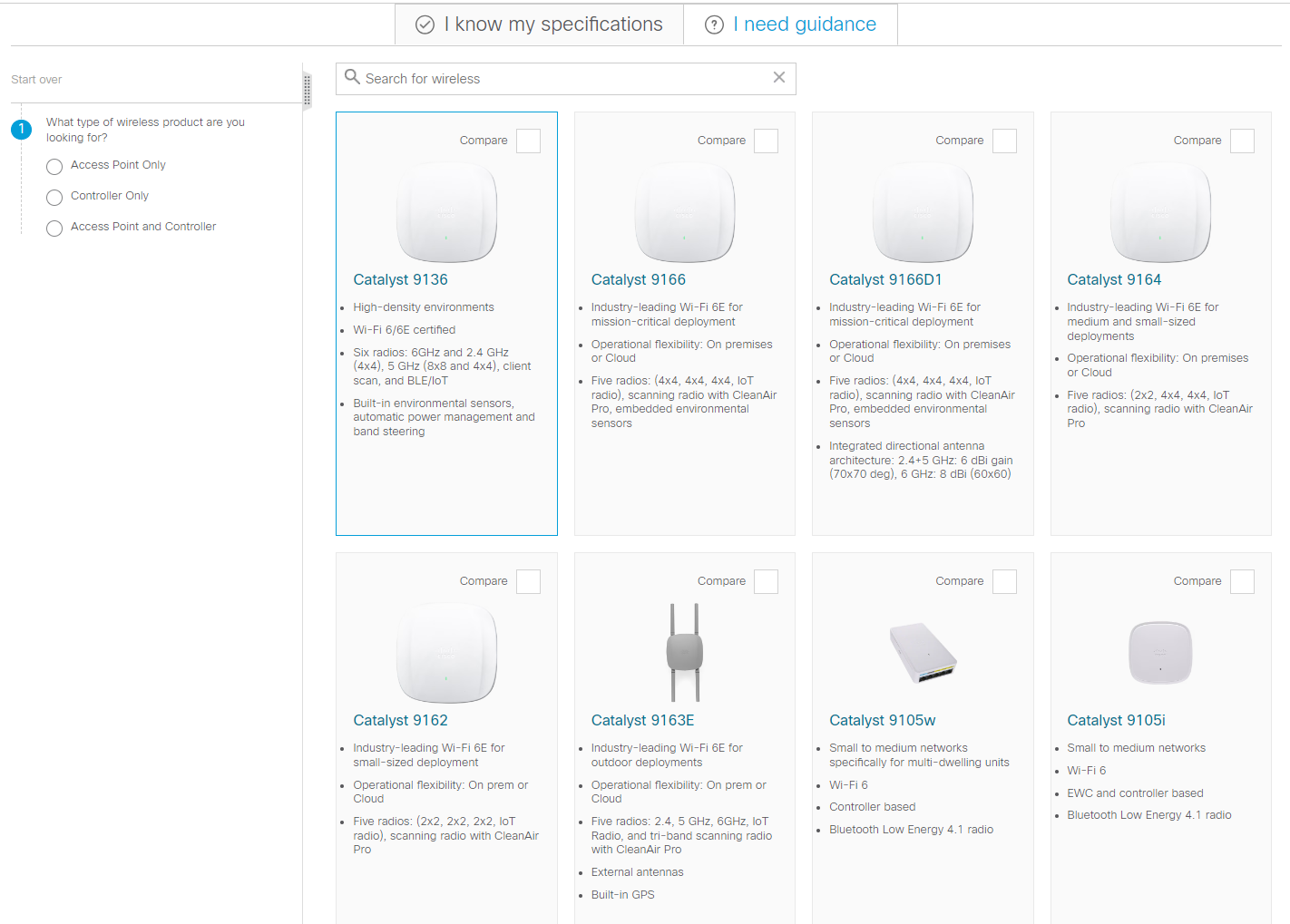



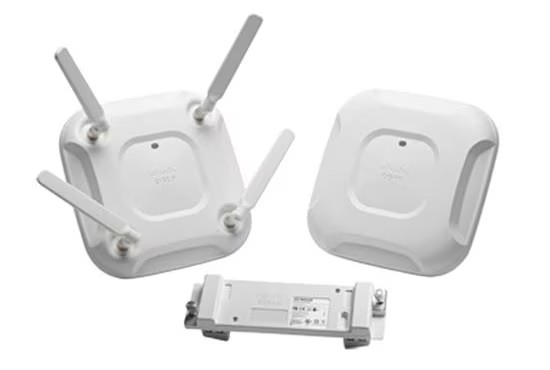
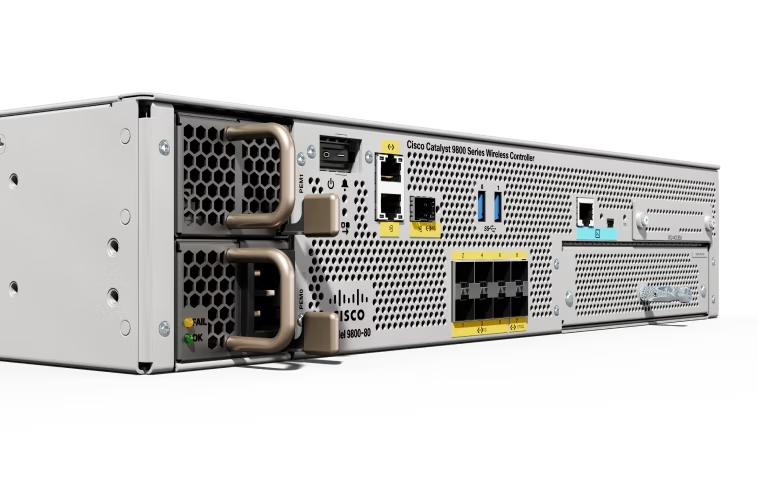

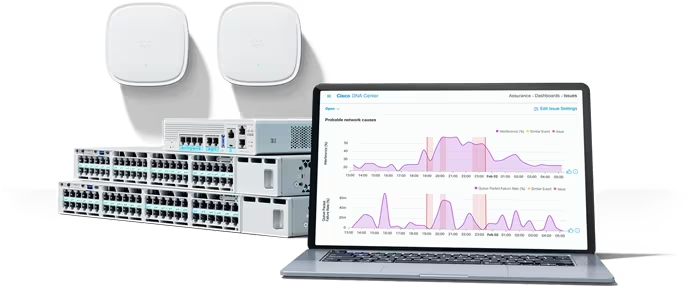



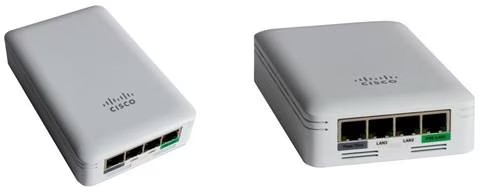


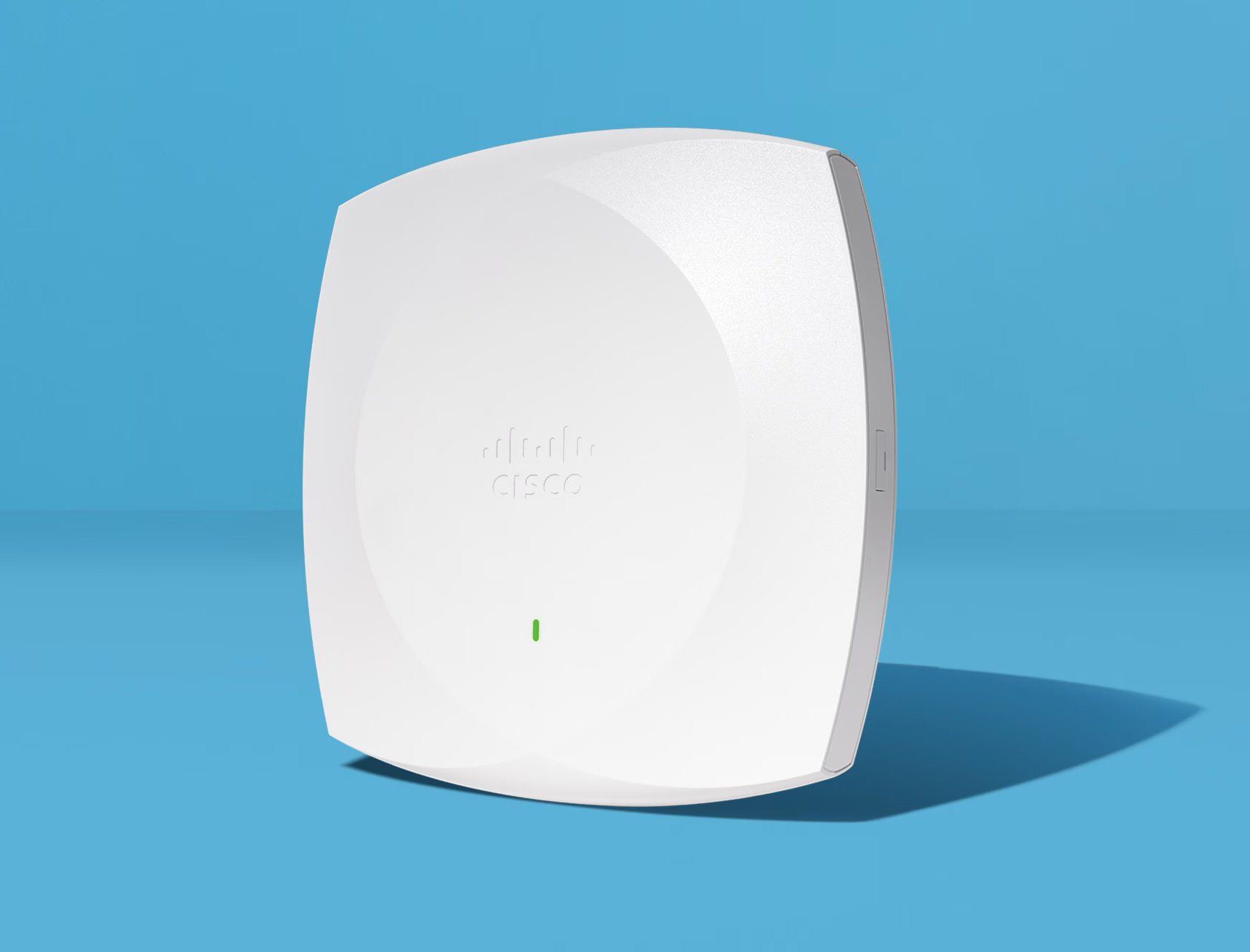


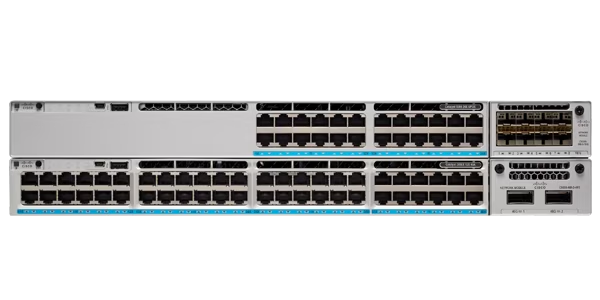
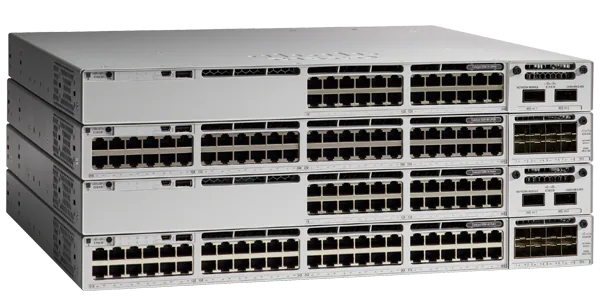

 Vicki Jauron/Babylon and Beyond Photography/Getty Images
Vicki Jauron/Babylon and Beyond Photography/Getty Images Before Linus Torvalds announced the release of the Linux 6.6 kernel, he said there'd also been a musical documentary made about it -- which was actually Iron Maiden's music video for 'The Number Of The Beast'. While there are people who are both heavy metal and open-source fans, notably Jono Bacon, I didn't know Torvalds was part of the crowd, too.
Be that as it may, Torvalds said: "I have absolutely no excuses to delay the v6.6 release anymore, so here it is." And what we find in this release, besides the usual array of fixes and drivers, is a potpourri of new features.
Also: How to choose the right Linux desktop distribution
The one feature that caught my eye was the KSMBD In-Kernel SMB3 Server. KSMBD, which was designed by Samsung, is a new kernel module that implements the server side of the SMB3 file-sharing protocol into Linux's heart. This module has been in the works for years -- and it needed that time. The first versions of KSMBD were noteworthy for having more than their fair share of security problems. Thankfully, those problems have now been fixed.
The introduction of KSMBD does pose a question: "Why put an SMB server in the kernel when we've had Samba for decades?" There are two answers to this question. The first answer is KSMBD has a very small attack surface -- and since file transfer protocols are often attacked, that's important. The second answer is KSMBD should perform faster thanks to streamlined data transfer and file-sharing operations, and support for Remote Direct Memory Access (RDMA).
Many people are also excited by the arrival of the Earliest Eligible Virtual Deadline First (EEVDF) Scheduler. The EEVDF scheduler replaces the Completely Fair Scheduler (CFS), which has been around since 2007. These schedulers manage the allocation of CPU time between Linux processes, so no single process pigs out on processor time.
CFS has done a good enough job. But over the years, it's become clear that, while some processes may not need a lot of CPU time, when they do need it, they need itright now. At the same time, other processes might need more CPU time, but can wait their turn. EEVDF addresses these latency issues more efficiently than CFS.
Under the hood, as its creator, Peter Zijlstra, wrote, EEVDF "completely reworks the base scheduler, placement, preemption, picking -- everything." For users, the inclusion of EEVDF should improve performance across the board. In fact, users already report the difference between CFS and EEVDF is like night and day.
Also: The 3 tiers of Linux distribution difficulty
Linux 6.6 also boasts support for Intel's Shadow Stack, which is a new computer processor feature that's designed to thwart return-oriented programming attacks, such as stack buffer overflow. The feature does this by setting up a secondary memory stack, which applications can't directly modify. So, when your application executes a CALL instruction, the processor pushes the return address to both the normal stack and the shadow stack. Then, upon the function return, the processor compares the two copies. If the two copies differ, the processor raises a control-protection fault error message. While Intel gets the credit for coming up with the code, this protection mechanism works with both newer AMD and Intel chips.
While we're talking about AMD, the kernel now supports AMD's Dynamic Boost Control. Gamers with AMD Ryzen CPUs should have better frames-per-second game performance on pretty much any video-intense game.
Looking ahead, developers are laying the groundwork for upcoming hardware, including new CPUs and GPUs from Intel and AMD. This effort includes support for Intel's Lunar Lake and Arrow Lake processors, and AMD's EPYC and Ryzen CPUs.
Also: The best desktop Linux for pros: Our top 5 choices
Gamers will also be happy to see that Linux 6.6 now supports rumble for the Google Stadia controller, battery reporting for the Nvidia Shield controller, and support for devices like the SteelSeries Arctis 1 Xbox headset.
One minor change is that the important Linux security module, NSA SELinux, is losing NSA from its name. The program remains the same, but the nod to history -- in that that SELinux was originally created by the US's National Security Agency (NSA) -- has been removed.
It will be a while before the Linux 6.6 kernel is integrated into most distributions' stable software repositories. For users eager to get their hands on the new kernel, check out Arch Linux, openSUSE Tumbleweed, and Gentoo Linux.
Also: Ubuntu Lunar Lobster could be the surprise hit of 2023
These distros give you the easiest way to play with the latest Linux kernel versions. If you're comfortable compiling and setting up your own Linux straight from the source code, Linux 6.6 is available for download directly from Linus Torvalds' Git tree or the kernel.org website.
 Tags quentes :
Negócio
Software Empresarial
Tags quentes :
Negócio
Software Empresarial